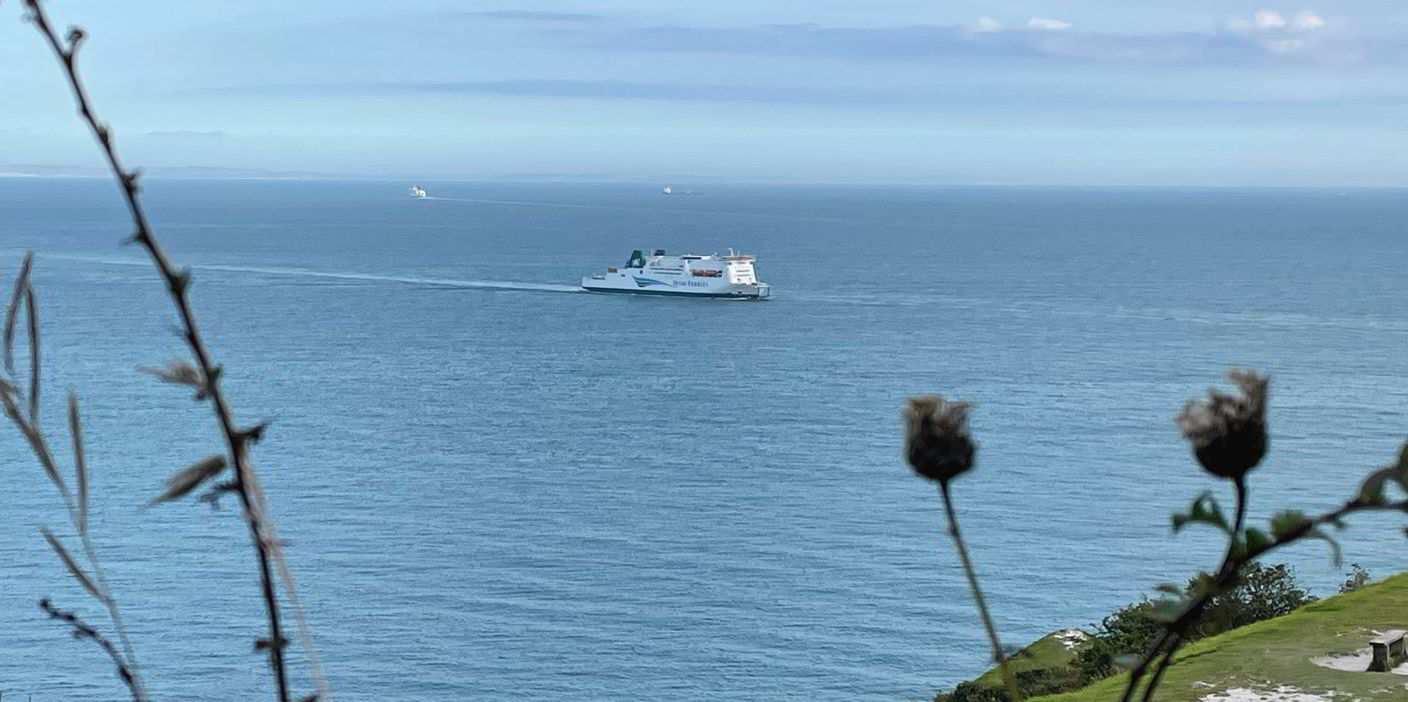Ferries, ro-ros and offshore service vessels present the best opportunities for rapid targeted measures to decarbonise UK shipping but new sources of capital are needed, said a new report.
About £75bn ($90bn) of investment over the coming three decades will be required in vessels and shoreside infrastructure for the UK’s complex domestic shipping sector to transition to net zero, said the report from Marine Capital, supported by UMAS and Lloyd’s Register.
The report, UK Domestic Shipping: Mobilising Investment in Net Zero, identifies targeted funding mechanisms alongside supporting government policy to unlock untapped institutional capital investment, without waiting for carbon pricing or a ‘winning’ zero-emission fuel type.
Its recommendations are intended to contribute to the next iteration of the UK government’s Clean Maritime Plan, but schemes could be replicated in other countries.
Ferries and ro-ro vessels account for 10% of vessels but 50% of emissions from the UK’s domestic and shortsea fleets. Offshore service vessels are also influential, accounting for the second largest source of emissions.
The average age of UK ferries and ro-ro vessels at 23 years means more than half will need to be replaced over this coming decade, but offshore vessels are generally younger.
As these vessels largely operate on regular routes, there are opportunities to establish zero emission shipping routes, known as green corridors.
The maritime sector’s complexity comes from its large number of diverse stakeholders — many of which are small or medium-sized — across the shipping, port, and associated industries.
“Despite the interdependency of these players, many operate in a siloed manner, magnifying the challenges that need to be overcome,” the report said.
Ambiguity over future demand for and supply of clean fuels, and a lack of clarity over policy and regulation are also hindrances.
The scale of investment needed to fund decarbonisation cannot be sourced from within the industry or through its traditional lenders, the report said, but institutional investors, who together represent more than $80trn of asset value, could help bridge this funding gap.
“However, there are currently various barriers preventing these providers of capital from entering the domestic maritime sector. These include a lack of familiarity with the industry and the reluctance to assume the risks associated with the early stages of the decarbonisation transition.”
To mobilise investment from external sources requires a coordinated approach by government and industry stakeholders, the report added, with the development of offshore wind energy being an area where this could be applied.
Analysis indicated that about £40bn will be needed over the next 30 years to build new domestic and shortsea vessels and install decarbonisation-related equipment.
A recent study into supplying electrical power to ports estimated an average cost per megawatt (MW) of £775,000, and that in the UK, grid connection and port infrastructure would cost up to £35m for a 16MW connection, but as low as £2.5m for smaller ports.
“Ports will need to decarbonise their own shoreside operations, and this generally takes precedence over investments that enable the decarbonisation of the vessels that visit,” the report said.
Clean maritime hubs need to be formed where they can eventually supply the wider fleet, so overlap with international shipping should be considered. Heatmaps show a concentration in voyage activity, with Rotterdam, Dublin, and Calais key ports for ferries, ro-ros and tankers.
While lending or asset-based finance may be available, there are few bank lenders, and the terms of debt tend to be more limited and costly. There has also been little recourse to public funds.
“Existing channels of financing will be unable to fill the gap and so new sources of capital will be needed,” the report said.
Fortunately, Institutional investors have become increasingly interested in sustainability and ESG-linked investing, particularly in clean energy projects, it added.
But it said only the largest institutional investors have the capacity to oversee direct investment in specialist areas, and a lack of day-to-day participation in shipping markets may mean they are unable to access investment opportunities.
Direct regulation is a powerful but typically inflexible policy tool and a variety of funding mechanisms will be required.
The report looked at numerous funding models, including case studies into asset leasing and consortium pooling, and concluded that financial products could be offered by government which are not currently available from the commercial sector





